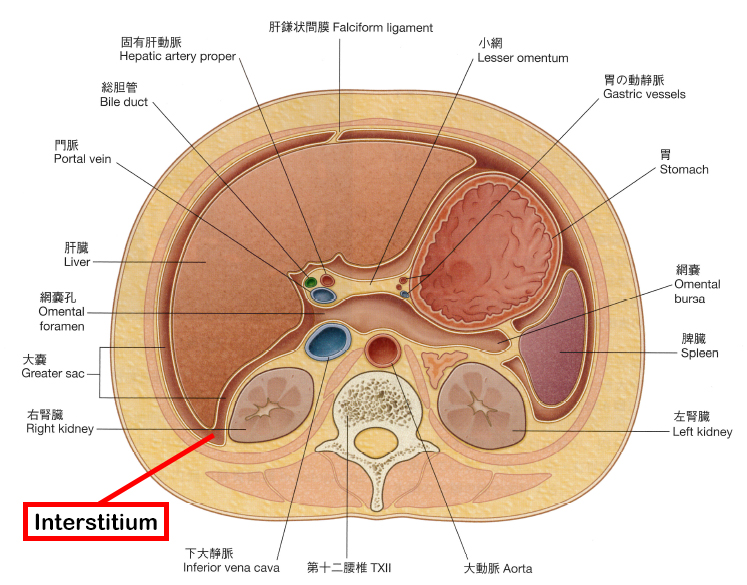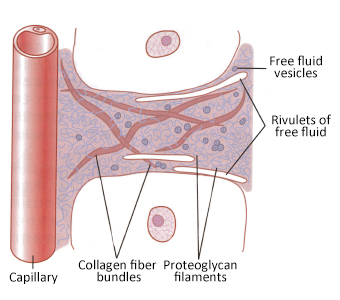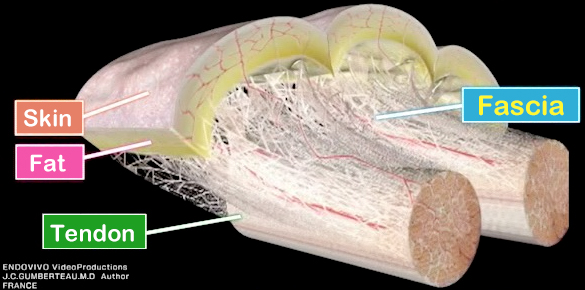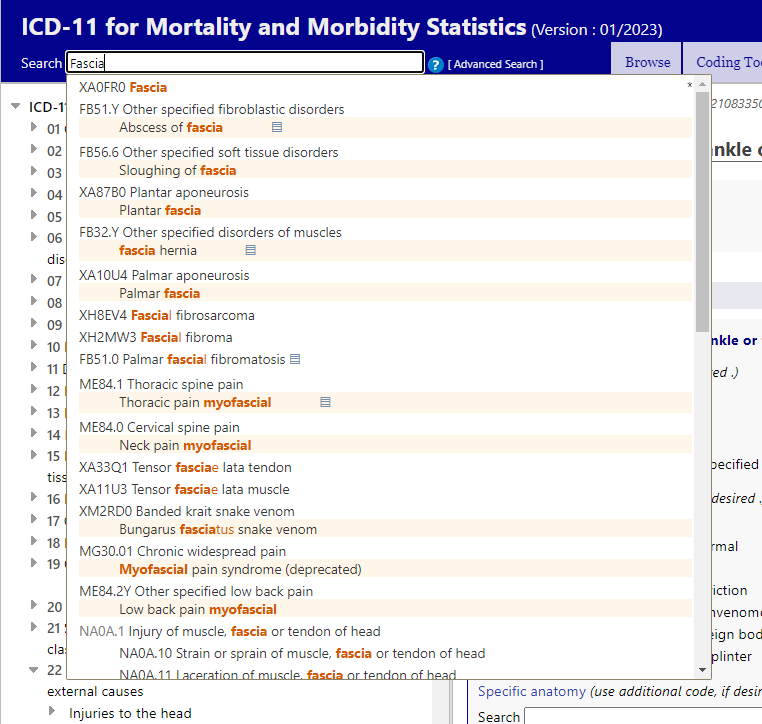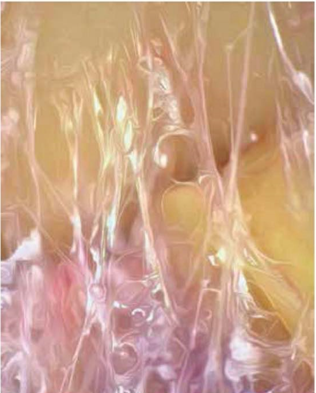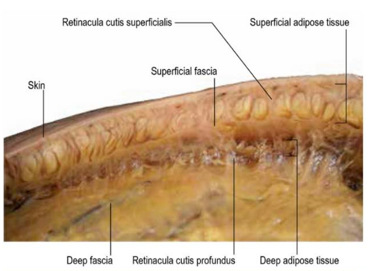Interstitium and Fascia
Explanatory Video
Understanding the Connection: Interstitium and Fascia
Interstitium refers to the space filled with fluid (extracellular fluid) that exists between tissues and organs throughout the body.
Interstitium contains fluid (extracellular fluid) and fibrous tissues such as collagen, which is part of the myofascia.
In the treatment of “kanshoho”, it directly influences the interstitium, including the fascia.
Bruno Bordoni and colleagues in the United States (1) have defined fascia as ‘any tissue that contains features capable of responding to mechanical stimuli’.
‘any tissue that contains features capable of responding to mechanical stimuli present in the interstitium ‘includes fibrous structures such as collagen, which are visible to the naked eye, as well as liquid colloids (※1).
When colloids further aggregate, they are referred to as gels (※2).
Muscle stiffness can be broadly categorized into two mechanisms based on the muscle’s structure.
Details can be found in ‘relaxation-kanshoho‘ but I will provide a brief overview.
Calcium is involved in both of these mechanisms.
One of is muscle hypertonia or muscle contracture. muscle hypertonia or muscle contracture occurs when there is an increased presence of calcium within the muscle fibers, often due to neurological or muscular disorders.
One of them is Muscle Adhesions, Muscle Rigidity, and Muscle stiffness.
Muscle adhesions, muscle rigidity, and Muscle stiffness occur due to an increased gel-like state of the interstitium (Fascia), and chronic pains like lower back pain and shoulder stiffness are caused by the strengthening of this interstitium (Fascia) gel-like state.
Therefore, “kanshoho” achieves muscle relaxation by transforming the gel-like state of the interstitium (Fascia) into a sol-like state, ultimately eliminating chronic pains like lower back pain and shoulder stiffness.
Let’s definitely introduce “kanshoho“ into the medical field and work together to help as many patients as possible who are suffering from pain and illness.
(*1) Liquid colloids refers to a state where larger particles are finely dispersed in a solvent, distinct from a solution in which atoms or molecules are uniformly distributed in the solvent.
(*2) Gel refers to a jelly-like substance, and gelation substances are fibrous proteins within the interstitium, such as collagen, reticulin, proteoglycans, fibronectin, laminin, and other gel-like substances.
(1) Bordoni B, Mahabadi N, Varacallo M. Anatomy, Fascia. 2023 Jul 17. In: StatPearls [Internet]. Treasure Island (FL): StatPearls Publishing; 2023 Jan–.
